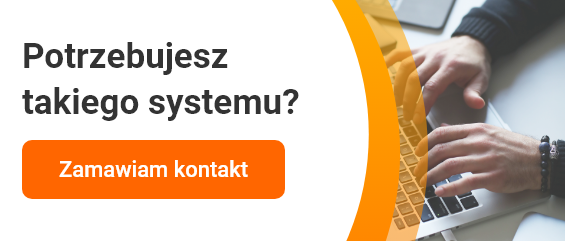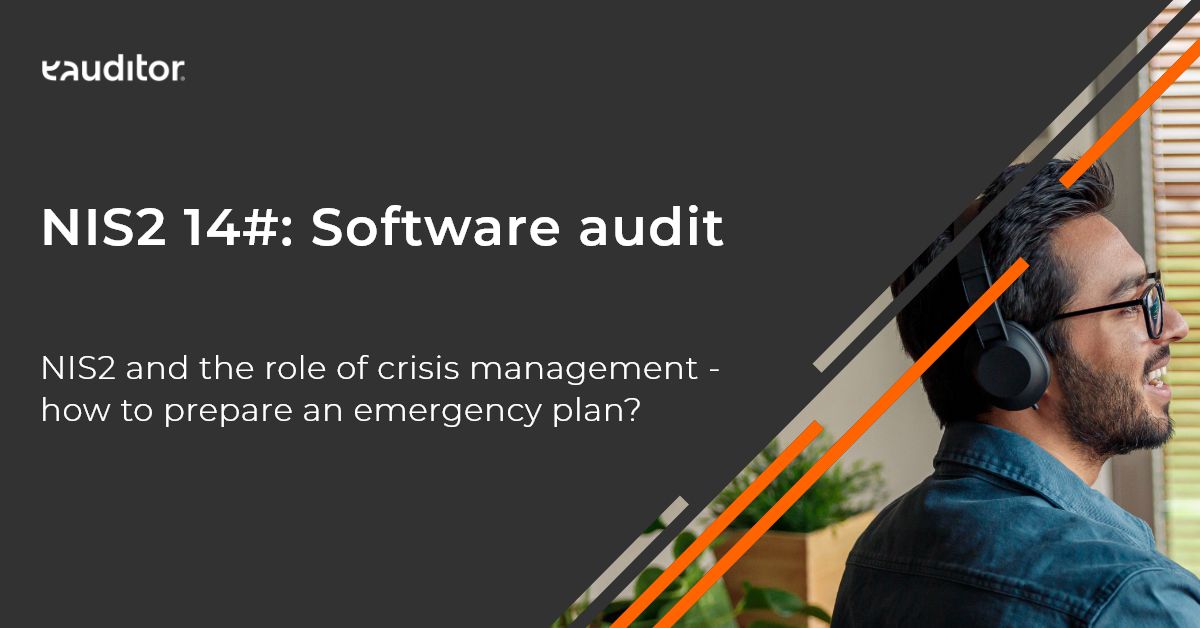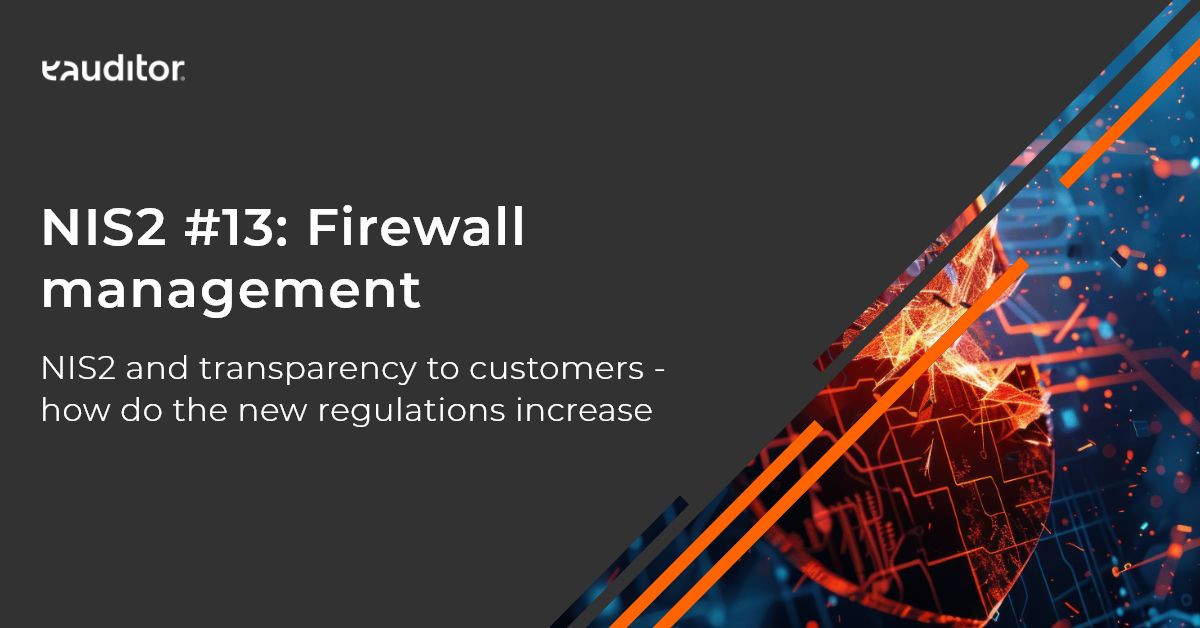How does IAM’s eAuditor system support organizations with GDPR inspections?
Your support in protecting personal data in accordance with RODO
eAuditor IAM
System eAuditor IAM (Identity Access Management) is designed to comprehensively support organizations in managing identities and accesses, but its functionalities are also perfectly suited to the needs of audits conducted by the Office of Personal Data Protection (OPA). In the article, we take a closer look at how eAuditor IAM supports various entities in complying with requirements related to the processing of personal data, especially in the context of high standards under EU and national regulations.
Support for authorities processing data in SIS/VIS systems
Authorities processing personal data under systems such as SIS (Information System Schengen) or VIS (Visa Information System) must comply with strict regulations under the Law of August 24, 2007 and EU acts. eAuditor IAM supports these entities through:
- Automatic tracking of user activities – the system allows you to monitor and record operations performed on data, allowing you to quickly detect and document irregularities.
- Access control – ensures that only authorized individuals have access to sensitive data, which is key to protecting data in systems such as SIS and VIS.
- Role-based privilege management – eAuditor IAM makes it easy to assign appropriate access levels in accordance with the principle of data minimization and the need to fulfill job responsibilities.
With these functions, authorities can effectively comply with legal requirements and prepare for possible inspections by the DPA.
Security of health data
Medical entities and other organizations that process health data must take special care in protecting it. eAuditor IAM assists in ensuring the security of such data by:
1. Audit of user activity
Keach action, such as viewing patient data, is recorded and verifiable during an audit.
2. Multi-factor authentication (MFA) mechanisms
An additional level of security at login eliminates the risk of unauthorized people gaining access to medical data.
IAM’s eAuditor system helps meet RODO requirements for protecting health data, while increasing patient and contractor confidence.
Processing of children’s data – image and parental consent
The processing of children’s data, including their images, requires special care, especially since in many cases the consent of parents or legal guardians is necessary. eAuditor IAM offers tools to help meet these requirements:
- Restrict access to children’s data – This functionality allows you to minimize the risk of processing children’s data by unauthorized persons.
- Compliance with local and EU regulations – With built-in audit mechanisms, eAuditor IAM supports administrators in complying with the principles of processing children’s data in accordance with the RODO.
This type of solution is an important support during DPA inspections, as it provides full transparency of processes.
Support for data controllers in documenting breaches
Article 33(5) of the RODO regulation requires controllers to document any data protection violations. eAuditor IAM supports in this regard with:
- Automatic recording of incidents – the system collects data on violations, such as the time, circumstances and people involved.
- Report generation – Based on the recorded incidents, the system can automatically generate reports that meet the requirements of the RODO.
- Tracking remedial actions – eAuditor IAM allows you to record actions taken to eliminate the effects of a breach and prevent similar events in the future.
With such functionalities, administrators can efficiently prepare for an inspection by the DPA and demonstrate compliance with legal requirements.
Summary
System eAuditor IAM is a comprehensive solution that significantly facilitates the management of personal data and access in organizations subject to DPA inspections. With support for monitoring, documentation and data protection, entities in various sectors can meet high data protection standards, minimizing the risk of violations and administrative penalties. In a dynamically changing legal environment, such tools are becoming an essential component of a personal data security strategy.





